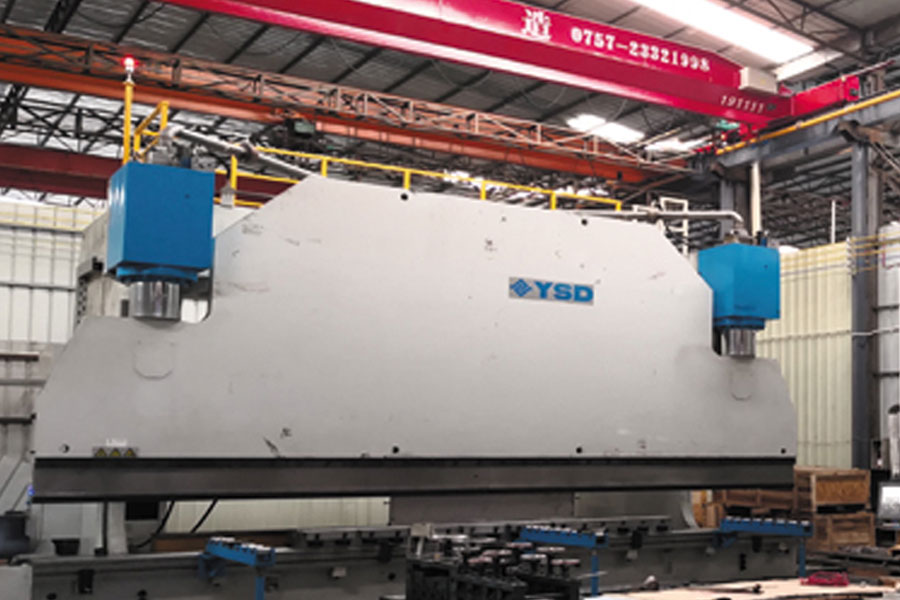Generally, Mchining method with custom machining accuracy of 0.1-1 μm and a machining surface roughness Ra between 0.02-0.1 μm is called precision machining.
Precision machining belongs to precision machining in mechanical machining. According to the temperature state of the workpiece being processed, it is divided into cold machining and hot machining.
It is generally processed at normal temperature and does not cause chemical or physical phase change of the workpiece. It is called cold machining. Generally, the machining above or below normal temperature will cause the chemical or phase change of the workpiece, which is called thermal machining. Cold machining can be divided into cutting machining and pressure machining according to the difference in machining methods. Common hot working processes include heat treatment, forging, casting and welding.
In terms of the technical substantiveness of advanced manufacturing technology, there are mainly two areas of precision and ultra-precision machining technology and manufacturing automation. The former pursues the limits of machining accuracy and surface quality, and the latter includes the automation of product design, manufacturing and management. It is not only an important means to quickly respond to market demand, increase productivity, improve labor conditions, but also an effective measure to ensure product quality. The two have a close relationship. Many precision and ultra-precision machining rely on automation technology to achieve the desired indicators, but not Less manufacturing automation relies on precision machining to achieve it accurately and reliably. Both have a global and decisive role and are the backbone of advanced manufacturing technology.
1. Ultra-precision machining is one of the important signs of the national manufacturing industry level
The precision, surface roughness, machining size range and geometry that can be achieved by ultra-precision machining are one of the important signs of a country’s manufacturing technology level. For example: the size of the blunt circle radius of the cutting edge of a diamond tool is a key technical parameter for ultra-precision cutting of diamond tools. Japan claims that it has reached 2nm, but China is still at the sub-micron level, which is an order of magnitude different; It has been used in production in Japan, which has greatly improved the level of manufacturing, and prominently solved the problem of low efficiency of ultra-precision grinding abrasive machining.
2. Precision machining and ultra-precision machining are the foundation and key of advanced manufacturing technology
Currently, in the field of manufacturing automation, a lot of computer-aided manufacturing software development, such as computer-aided design (CAD), computer-aided engineering analysis (CAE), computer-aided process design (CAPP), computer-aided machining (CAM), etc. , Collectively referred to as computer-aided engineering (CAx), such as assembly-oriented design (DFA), manufacturing-oriented design (DFM), etc., collectively referred to as engineering-oriented design (DFx); computer integrated manufacturing (CIM) technology, production Models such as lean production, agile manufacturing, virtual manufacturing, and clean production and green manufacturing are all very important and necessary, and represent an important aspect of current high-tech manufacturing technology.
However, as the main battlefield of manufacturing technology and the actual manufacturing of real products, it must rely on precision machining and ultra-precision machining technology. For example, the development of the computer industry must not only be in software but also hardware, that is, integrated circuit chips There is a strong ability on it. It should be said that the current level of China’s integrated circuit manufacturing has constrained the development of the computer industry. The “two millimeters engineering” of the automobile manufacturing industry proposed by American manufacturing engineering researchers has made the quality of cars catch up with European and Japanese standards, and the measures involved are real manufacturing technologies.
